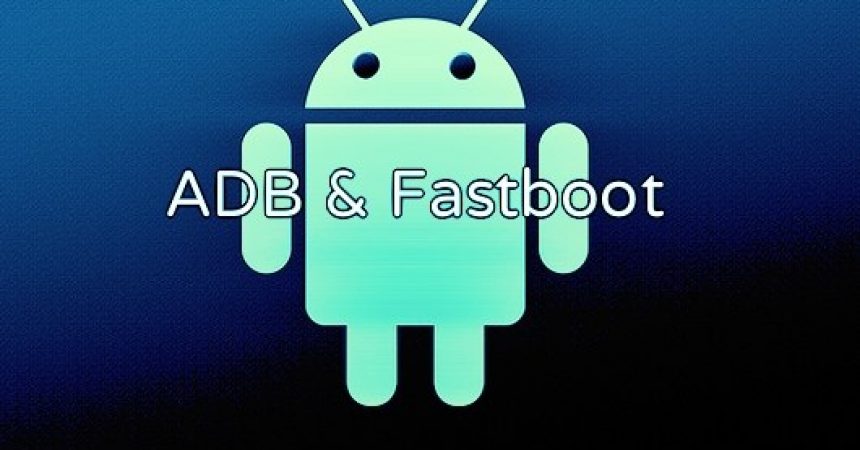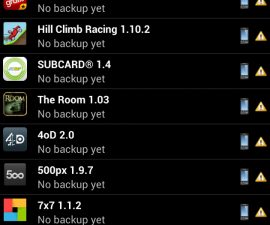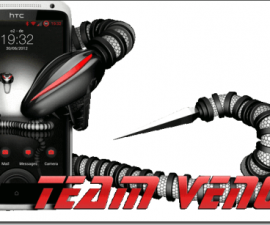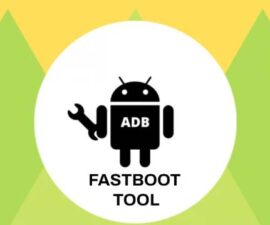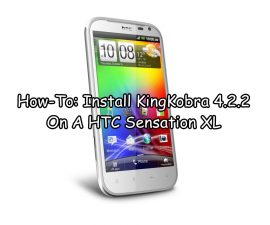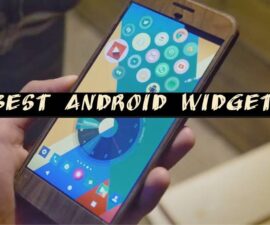Installing Android ADB And Fastboot Drivers
If you have an Android device and you’re a power user, you’ve heard of “Android ADB and Fastboot” folders. The ADB stands for Android debug bridge, this folder acts as a bridge between a phone and computer when you establish a connection. Fastboot on the other hand is a term used to perform operations on a phone’s bootloader and when you load custom recoveries, kernels and flash other similar programs. When you load any of these program’s your device is booted into fastboot mode and, when connected to a PC, the fastboot operations are performed.
Setting up Android ADB and Fastboot is pretty straightforward on a Windows PC. If your using a MAC computer, however, you need to take different steps to get Android ADB and Fastboot set up.
In this guide, we’re going to show you how you can install Android ADB and Fastboot drivers on a MAC. Follow along.
install Android ADB and Fastboot drivers on a MAC
- Make a new folder on your MAC desktop or anywhere else where you can easily locate it. Name the folder “Android”.
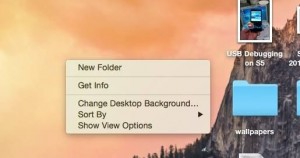
- Download Android SDK tools for MAC or ADB_Fastboot.zip .
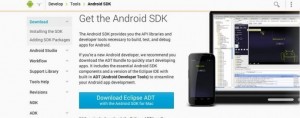
- When the SDK download ends, extract the data from adt-bundle-mac-x86 to the “Android” folder on your desktop.
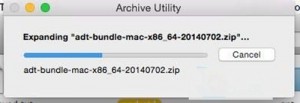
- When the folder is extracted, find the file named “Android”. This file should be a Unix executable file.
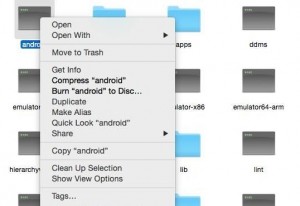
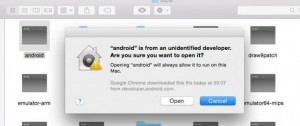
- When the Android file opens, you need to select Android SDK and Android SDKPlatform-Tools.
- Click the install package and wait for download to finish.
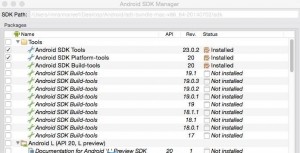
- When the download is finished, go to your desktop and open the “Android” folder there. In the Android folder, find and open the platform-tools folder.
- In platform-tools select “adb” and “fastboot”. Copy both these files and paste them into the root of your “Android” folder.
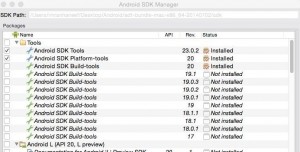
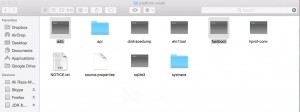
- These steps should have installed ADB and Fastboot. In the next steps, we are going to be testing if the drivers are working properly or not.
- Enable USB debugging mode on your device. Do so by going to settings > developer options > USB debugging. If you don’t see developer options, go to settings > about device > tap the build number for 7 times, you should find the developer options in settings then.
- Connect your Android device to your MAC. Make sure that you are a using original data cable.
- Form Applications > Utilities, open Terminal Window on your MAC.
- Type cd and the path where you saved your Android folder, as shown in the photo below.
- Press enter key to gain access to the “Android” folder.
- Enter the “adb” or a “fastboot” command to verify the proper functionality of your drivers. You can type the following command: ./adb devices
- You should see a list of the devices connected with the MAC. To perform Fastboot commands, first boot your device into Fastboot mode and perform the desired function.
- When you press enter after typing the above command, you will see some logs running in the command terminal. If what you see states as “daemon not working, starting it now on port 5037 / daemon start successfully”, the drivers are working perfectly.
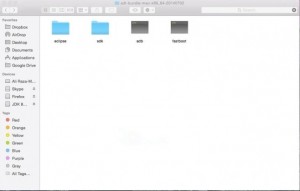
- You will also be shown your device’s serial number in the command terminal.
- Though the ADB and Fastboot drivers are completely functional now, using “cd” and putting a “./” before every fastboot and adb command may seem annoying. We’ll add it to the path so that we don’t have to type both these before the adb and fastboot commands.
- Open the Terminal Window again and issue this command now: .nano ~/. bash_profile
- By issuing this command, you will open a nano editor window.
- Now you just need to add a line containing the path to your Android folder in the Terminal Window. This should be like this: export PATH=${PATH}:/Users/<yourusername>/Desktop/Android
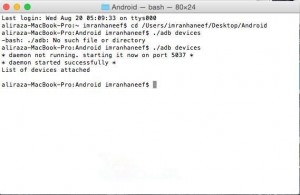
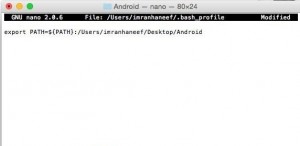
- When this is added , press CTRL + X on the keyboard to close the nano editor. Press Y to confirm the editing.
- When the nano editor is closed, you can also close the terminal window.
- Toverify the path is successfully added , open the terminal window again and issue the following command: adb devices
- You should see a list of the connected devices even if you didn’t type any cd or ./ before the command.
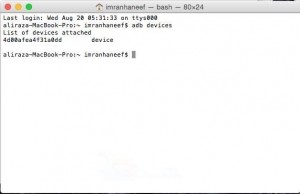
- You’ve now successfullyinstalledAndroid ADB and Fastboot drivers on your MAC.
- You can get your desired .img files to flash in the fastboot mode. The commands will be now be followed by “fastboot” instead of adb, and the .img files will be placed in the root folder or in the platform-tools folder, this depends on what directory your terminal is accessing for the fastboot commands.
Have you installed Android ADB and fastboot folders in your MAC computer?
Share your experience in the comments box below.
JR
[embedyt] https://www.youtube.com/watch?v=V0MyTvgfO7s[/embedyt]
